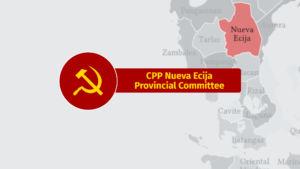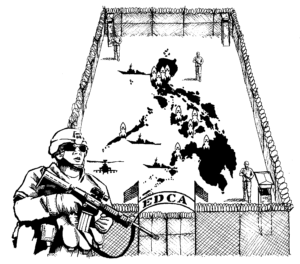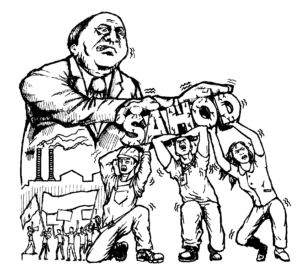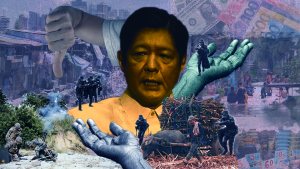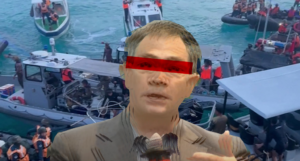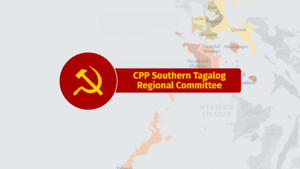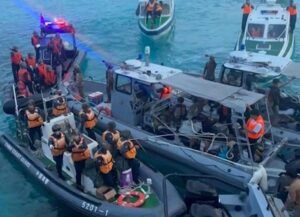Remarks on Skyway 3 and other infrastructure projects
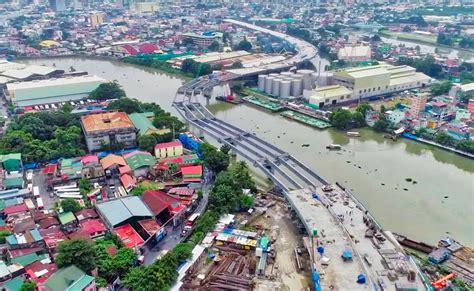
Duterte’s officials have been praising themselves non-stop the past few days following the inauguration of the project. According to reports, the Skyway 3 can carry around 120,000 vehicles daily which will decongest EDSA traffic by 30% and reduce travel time to less than 30 minutes.
The Skyway is one of at least 14 big-ticket infrastructure projects in and around Metro Manila being touted by Duterte and his officials which they claim will spur economic growth by moving products faster.
1. San Miguel Corporation headed by its President and Chief Executive Officer Ramon Ang will rake in at least ₱8 billion annually from ₱44-billion Skyway 3, once it starts collecting tolls on February 1. Motorists passing through the highway will have to shell out at least ₱90 going to and another ₱90 coming from their destination.
2. While easing traffic will make travel less a daily struggle for workers and ordinary employees, the biggest beneficiaries of these infrastructure projects are actually the foreign big capitalists and their big bourgeois comprador partners. They have long been complaining how business operations in special economic zones are severely hampered by the slow-moving traffic and the difficulty of moving commodities to and from the airports and seaports.
3. The World Bank-trained technocrats in the NEDA are banking on the Skyway 3 and other highway projects to help in its aim of attracting foreign capital. To achieve this, they are giving the big compradors all the leeway to earn large amounts of profits while depressing workers wages. They are hinging economic growth on the inflow of foreign investments which globally has dropped to lowest levels since 2010 even before the 2020 Covid-19 pandemic and global recession, and which further dropped by 49% in the first half of last year.
4. Since the neoliberal offensive of the 1980s, public conveniences such as roads and bridges have become increasingly privatized and are being operated by big bourgeois compradors for profits. Travelling from one point to another has become a financial burden on ordinary commuters as a result of high costs of toll fees, in addition to ever increasing costs of diesel and other oil products.
5. The construction of highways and bridges, per se, will not change the fundamental backward, agrarian and non-industrial state of the Philippine economy. No country in the world became economically developed by first dotting their country with roads and tollways. Invariably, they carried out land reform and undertook a program of industrialization which served as stimulus for commerce.
The big bourgeois compradors in the Philippines are not interested in building integrated industries and are satisfied at remaining as commercial conduits of foreign capitalists—exporting raw materials and semiprocessed goods, importing finished commodities, and earning a cut in the exploitation of cheap labor in local assembly operations.
This is reason why the biggest government infrastructure projects are focused on Metro Manila and adjacent provinces in Luzon which is where big bourgeois comprador commercial operations are mainly centered.
6. Duterte’s Build-Build-Build program is a bureaucrat capitalist’s dream. Wielding tyrannical powers, Duterte earns his cuts in the form of political support and kickbacks from the big bourgeois compradors, in exchange for facilitating construction project contracts in so-called “build-operate-transfer” operations. Ramon Ang is among the biggest partners of the Duterte regime.
Duterte has made so much noise about corruption between lower rung personnel of the Department of Public Works and Highways (DPWH), contractors and local politicians to divert attention from what, in fact, are the biggest incidence of corruption at the national level.

